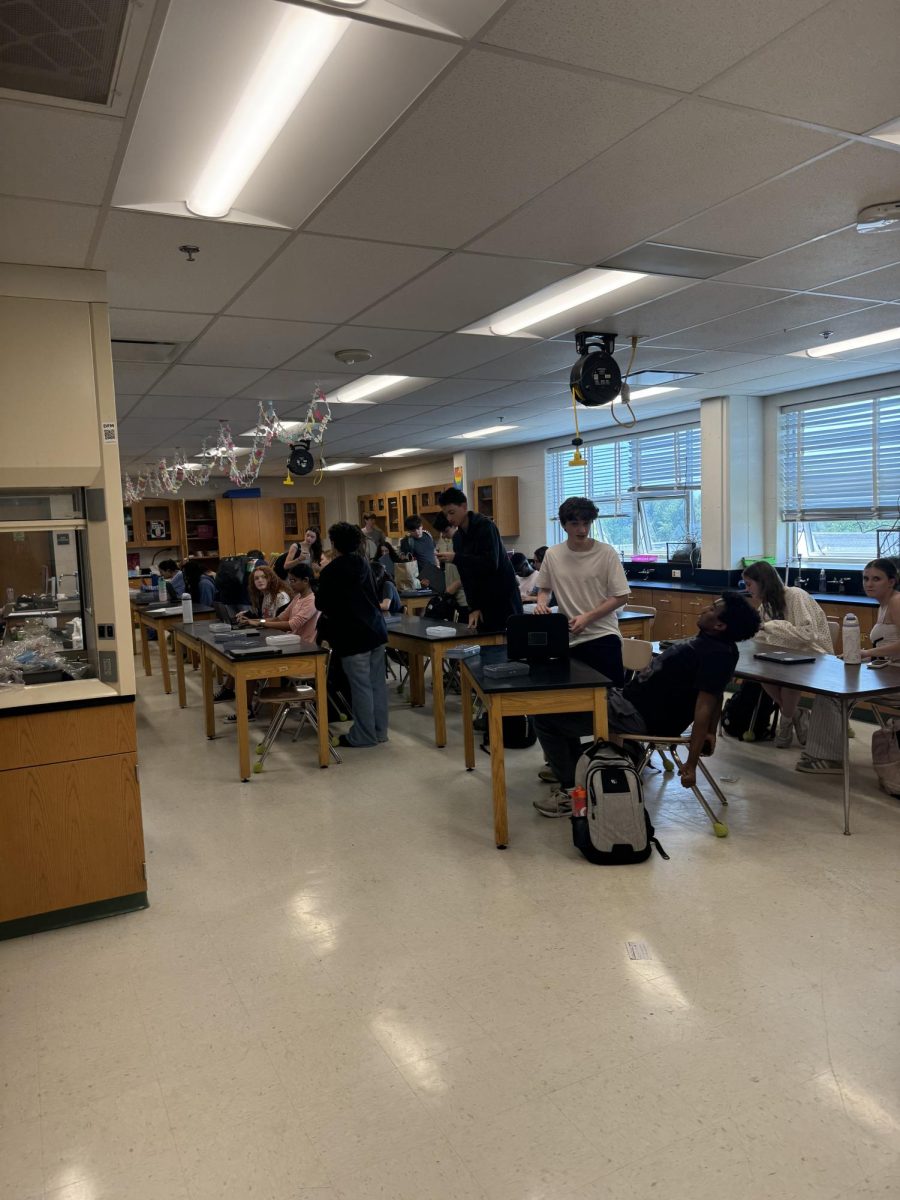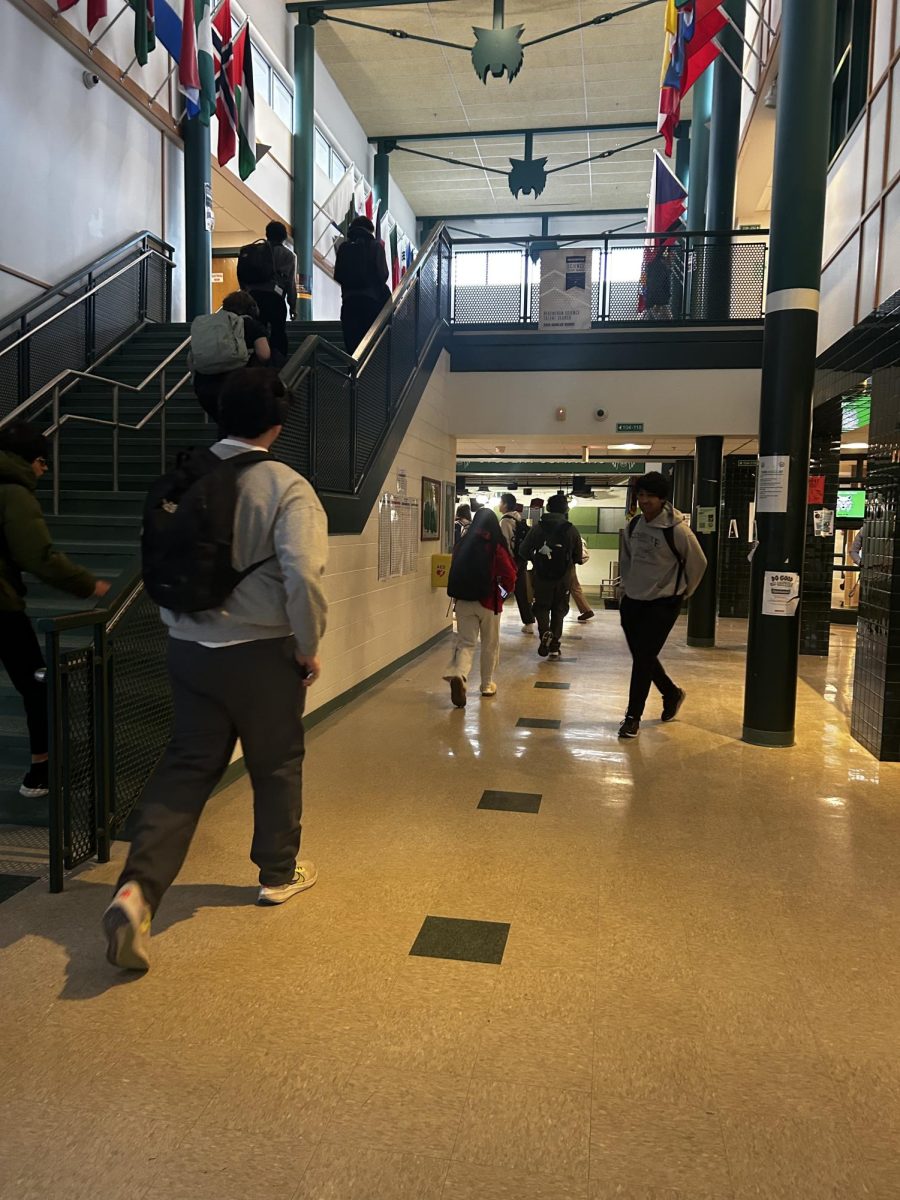Since music is such a staple in youth culture today, it’s not surprising that different types of music aid in relaxing us or inspiring us. Music has a powerful effect on the individual, with the ability to shape how we feel. Studies have found that different genres of music have varying effects upon our emotions.
Classical music, while the least popular among high school students, is the most empowering. It has the ability to reduce tension, stimulate creativity and enhance spatial-temporal reasoning. “The Mozart Effect,” a 1993 study from University of California, has been proven to help with short-term memory improvement. Listening to Mozart for 10 minutes provides individuals with a boost in their cognitive reasoning, allowing them to score higher on spatial reasoning tasks such as matching quizzes. Rap and hip-hop music arefound to be invigorating, encouraging movement and energy.
Ultimately, the music we choose produces strong sensations that trigger memories and emotions and change the way we feel and learn. Music’s power lies in its ability to gratify or upset our moods, depending on our song selections. It also has the ability to aid learning and can be used as an effective study tool.
In fact, music can act like white noise in the background, blocking out distractions and allowing more focus on work. Music uses a different side of the brain than the side needed in normal working life, so it stimulates and restores balance.
Not only does music gives students something to sing and dance to, but it also has the power to make us happier individuals. According to the American Music Therapy Association, music helps ease the symptoms of depression and even helps to relieve pain.
Whether it is used for entertainment or mental work, music has the ability to make individuals feel calm, revitalized or energetic. Its inherently powerful nature has the ability to alter moods, making it a valuable tool both in the classroom and for the individual. After all, music is a universal tool for altering moods.
Classical music, while the least popular among high school students, is the most empowering. It has the ability to reduce tension, stimulate creativity and enhance spatial-temporal reasoning. “The Mozart Effect,” a 1993 study from University of California, has been proven to help with short-term memory improvement. Listening to Mozart for 10 minutes provides individuals with a boost in their cognitive reasoning, allowing them to score higher on spatial reasoning tasks such as matching quizzes. Rap and hip-hop music arefound to be invigorating, encouraging movement and energy.
Ultimately, the music we choose produces strong sensations that trigger memories and emotions and change the way we feel and learn. Music’s power lies in its ability to gratify or upset our moods, depending on our song selections. It also has the ability to aid learning and can be used as an effective study tool.
In fact, music can act like white noise in the background, blocking out distractions and allowing more focus on work. Music uses a different side of the brain than the side needed in normal working life, so it stimulates and restores balance.
Not only does music gives students something to sing and dance to, but it also has the power to make us happier individuals. According to the American Music Therapy Association, music helps ease the symptoms of depression and even helps to relieve pain.
Whether it is used for entertainment or mental work, music has the ability to make individuals feel calm, revitalized or energetic. Its inherently powerful nature has the ability to alter moods, making it a valuable tool both in the classroom and for the individual. After all, music is a universal tool for altering moods.







